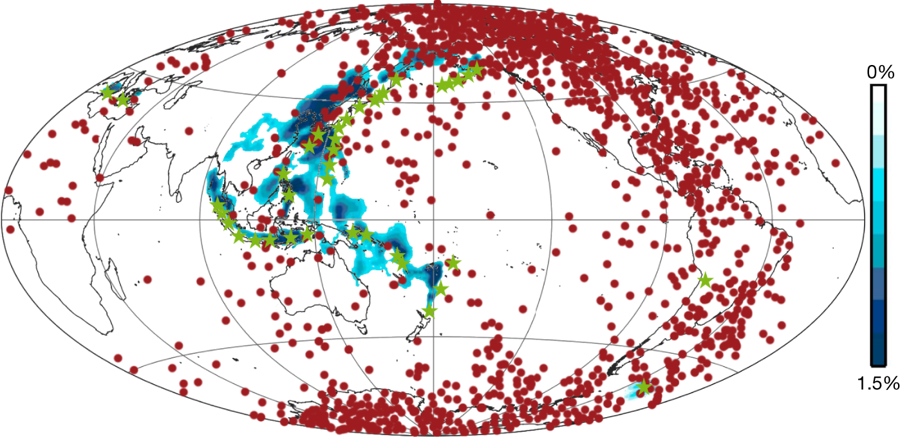Today is the International Day of Women and Girls in Science. This day is designated by the UN because “Over the past 15 years, the global community has made a lot of effort in inspiring and engaging women and girls in science. Yet women and girls continue to be excluded from participating fully in science. At present, less than 30 per cent of researchers worldwide are women. According to UNESCO data (2014 – 2016), only around 30 per cent of all female students select STEM-related fields in higher education.”
As a woman in science, I’m grateful for the opportunities I’ve had to explore my interests, learn new concepts and skills, conduct research, and further my professional career. And I’m incredibly grateful for all of the wonderful women colleagues I have online, at my institution, and with whom I get to collaborate. So today is a day to celebrate what we have achieved for women in science. But it’s also a day to remind ourselves where we need to go.
Science is better when it is more diverse and inclusive, and gender is one important dimension of diversity. Check out https://undsci.berkeley.edu/article/socialsideofscience_02 for just a few of the reasons diversity improves science.
It’s also fundamentally right that folks with all genders have the same opportunities to study science and pursue science careers. Even if it didn’t make the science better (it does), diversity in would be a good thing. Because the opportunity to study and do science enriches the lives of those that are drawn to it.
I’m incredibly fortunate to have a trail-blazing scientist for my mother and I’ve benefited tremendously from the work that she and others of her generation did to diversify science. I hope I’m paying that forward to the next generation.
One of the ways that we can make science and society better is by paying attention to those who are multiply minoritized in science and the struggles and barriers that they face – and then working to remove those those barriers.
When we focus on gender as the primary axis of diversity, we help white women (like me) most. And while white women still face a lot of barriers to science careers (e.g., sexual harassment), we have it easy compared to women of color, women with disabilities, etc. (As evidence, women now earn 45% of geosciences doctorates in the US. But, it was 88% white people among those geosciences doctorates i earned by US citizens and permanent residents. The geosciences is whiter than any other science discipline. (Stats from here.))
Fortunately, there are a lot of minoritized women in science who are speaking up about their experiences and their recommendations to make science a more inclusive space. We need to listen to the voices of women like Dr. Chanda Prescod-Weinstein, Dr. Kat Milligan-Myrhe, Dr. Katherine Crocker, PhD student Itati SantaMaria de Chavez y Vasquez, undergraduate Elizabeth Gutiérrez, Ruth H Hopkins, Dr. Tressie McMillan Cottom, and so many more. We also need to listen to and support groups like the International Association for Geoscience Diversity and Latinas in Geoscience. But we can’t just listen, we need to grapple with why what they say makes us feel uncomfortable, and then we need to follow their advice.
In science, and especially in the geosciences, we have a long way to go to make our spaces truly inclusive for all people. Let’s use International Day of Women and Girls in Science to remind ourselves to get to work.
Even the UN needs a little help, having released a graphic showing 5 white women scientists. Twitter promptly came to rescue and this version is a much better depiction of the science we want. A later version include PPE on the scientists, and I suggested that we could do with more types of science represented as well. We don’t all work in a lab with white coats on.
#WomenInScienceDay
(adapted from a tweet thread, original here).





Nice plan for content warnings on Mastodon and the Fediverse. Now you need a Mastodon/Fediverse button on this blog.